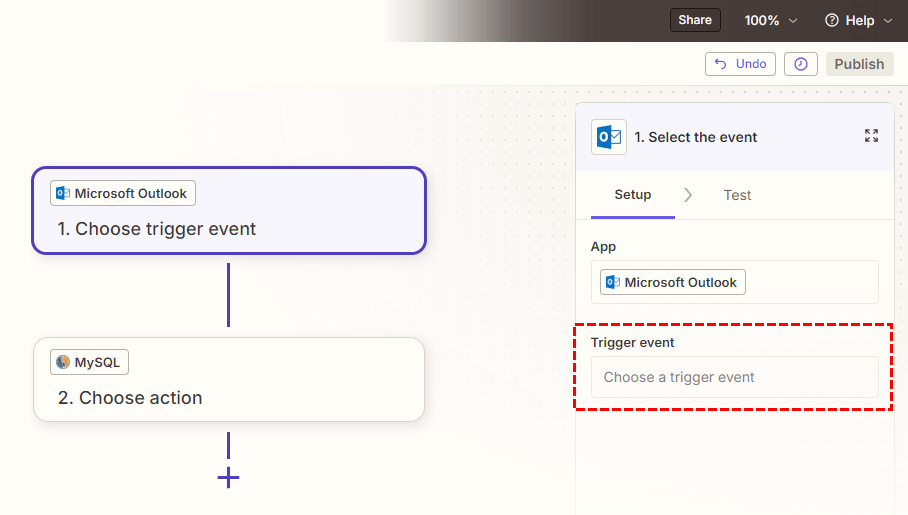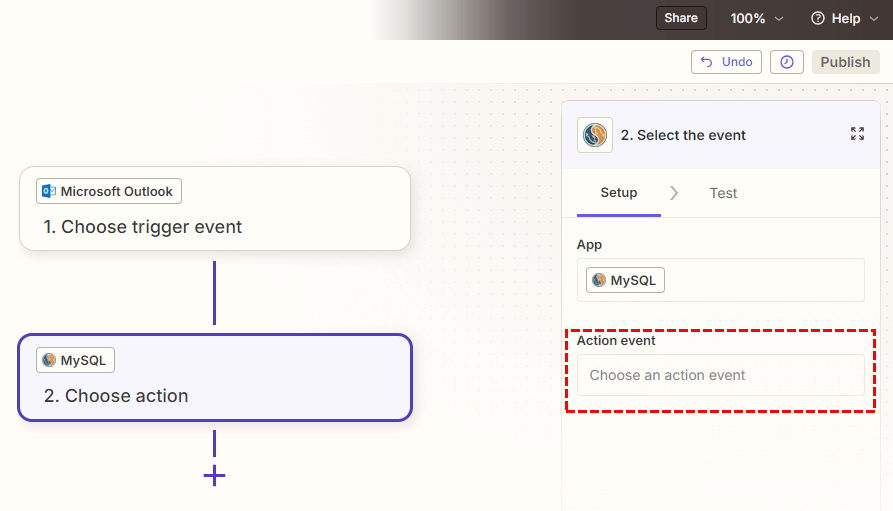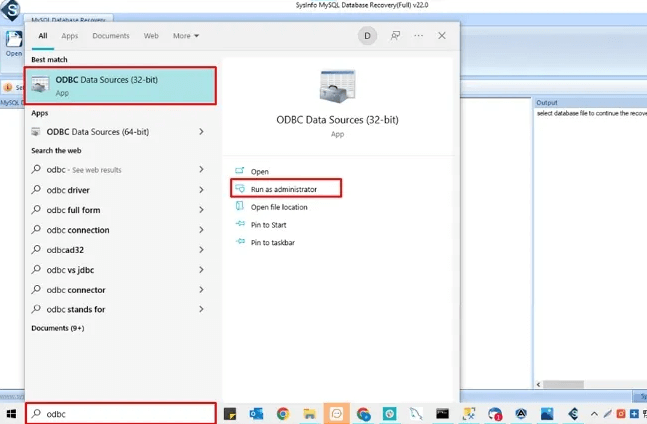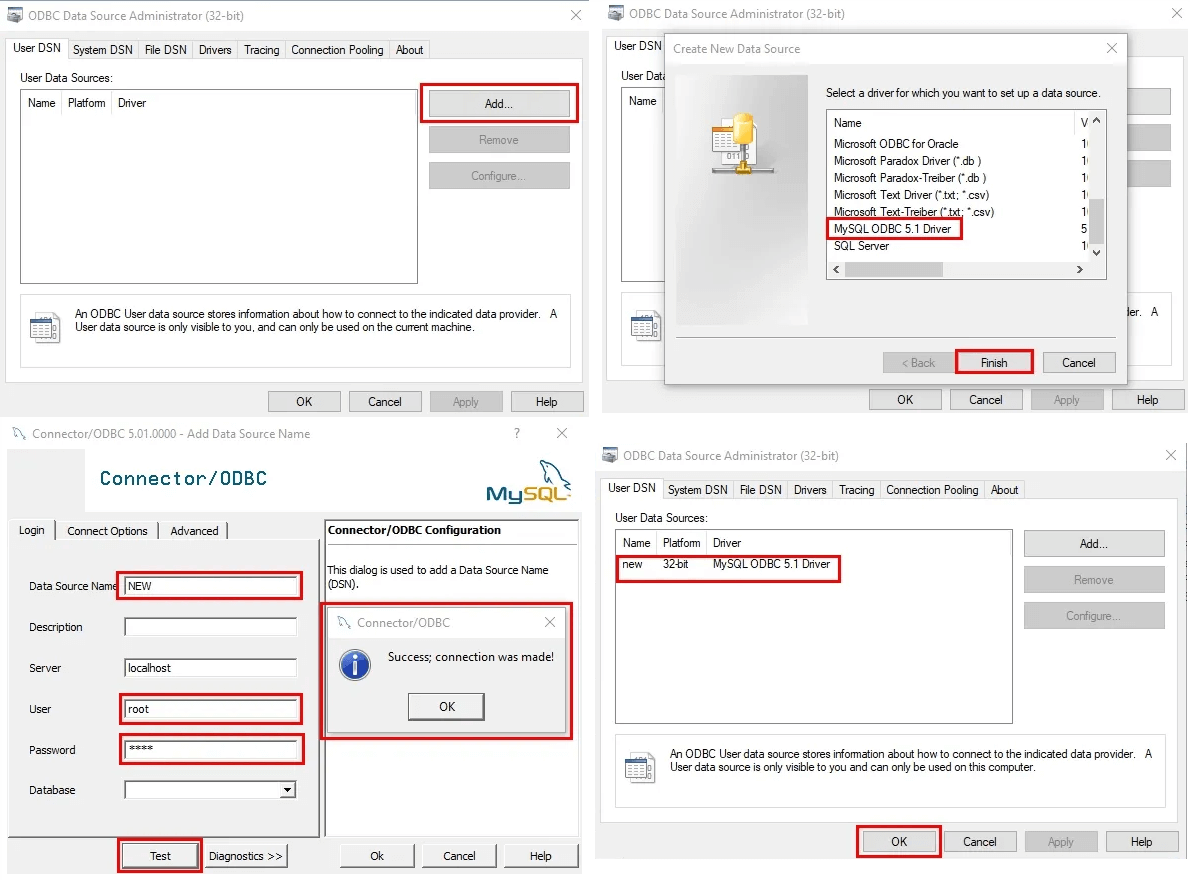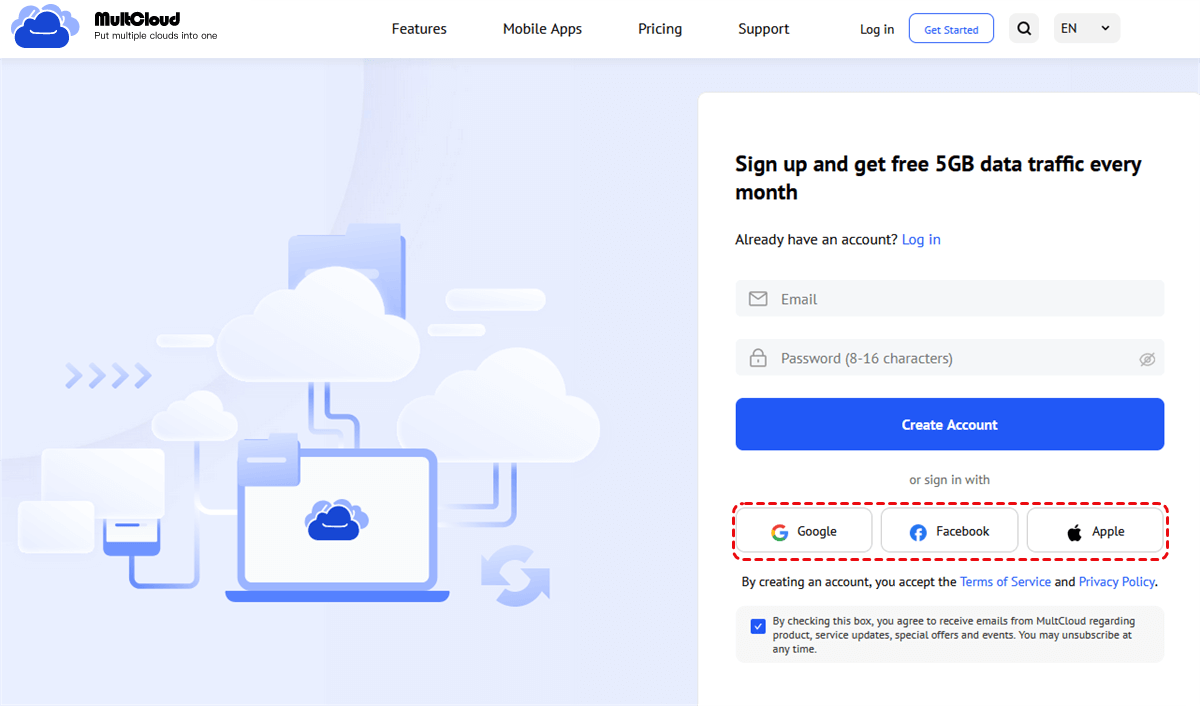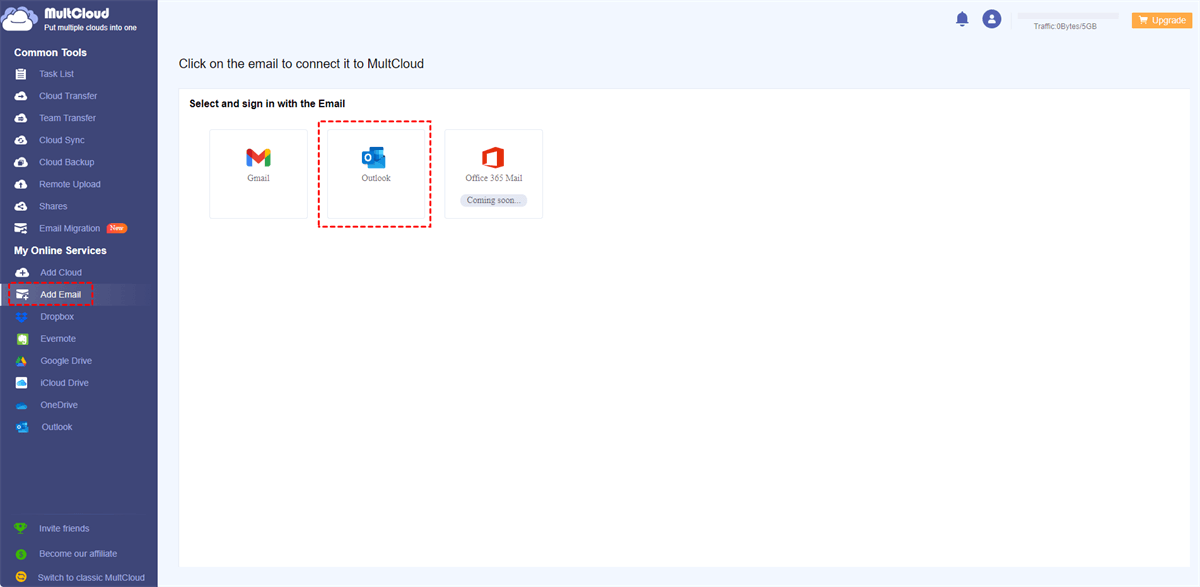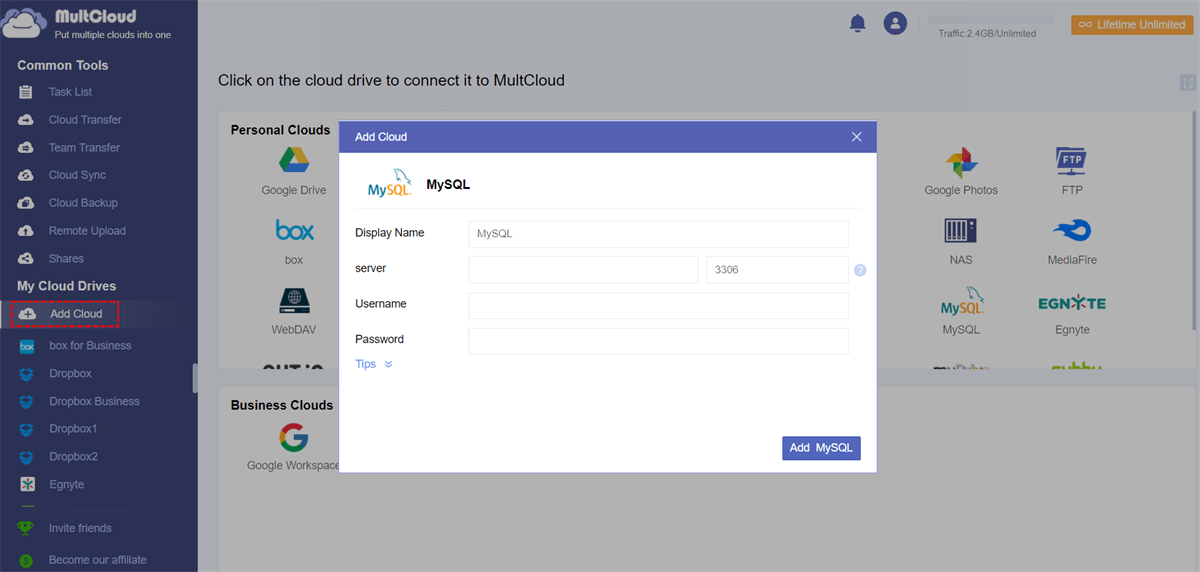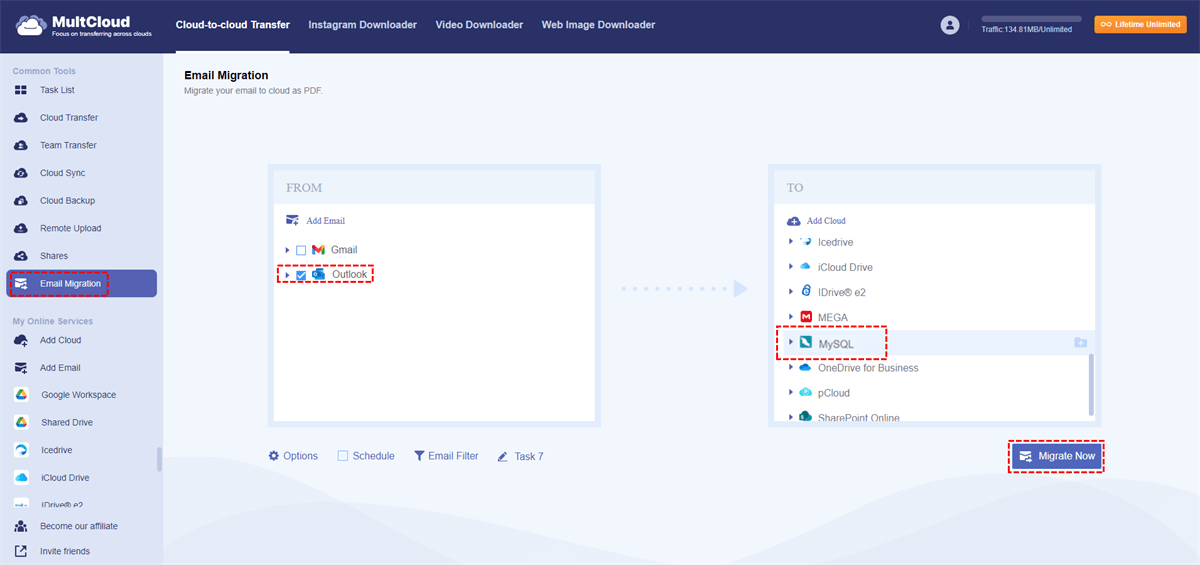Quick Search:
Introduction
Ever wondered how you could connect Outlook to a MySQL database and supercharge your productivity? Whether you're trying to sync emails, calendar events, or contacts into a centralized system, there are several ways to make Outlook and MySQL play nicely together.
In this guide, I’ll walk you through 5 practical methods—ranging from no-code tools to more technical approaches—that you can use to create a seamless connection between Outlook and MySQL.
Why Connect Outlook to MySQL?
The Need for Automation
If you're manually transferring data from Outlook to MySQL, you’re wasting precious hours. Automating this process means fewer errors, more consistent data, and tons of saved time.
Centralized Data Management
Having all your communication and scheduling data in one place, like MySQL, allows for better reporting, integration with other systems, and a unified data strategy.
What You’ll Need Before You Start
Before diving in, let’s check off the essentials.
Outlook Configuration Basics
Make sure your Outlook account is active and accessible via desktop or Office 365. You’ll need to grant the required permissions to access emails, calendar entries, or contacts.
MySQL Database Setup
Set up a MySQL database where your Outlook data will be stored. Create tables for emails, calendar events, or whatever data you want to pull in.
Required Tools and Software
Depending on the method, you may need tools like:
- Zapier account
- Microsoft Power Automate
- Python and relevant libraries (like pywin32, mysql-connector-python)
- ODBC Driver for MySQL
- MultCloud
Method 1: Using Zapier to Connect Outlook and MySQL
This is one of the easiest, no-code solutions.
1. Create a Zapier account.
2. Choose Outlook as the trigger app.
3. Set the trigger event (e.g., New Email, New Calendar Event).
4. Choose MySQL as the action app.
5. Connect your MySQL database.
6. Map the Outlook fields to MySQL columns.
7. Test and activate your Zap.
Pros and Cons
Pros:
- No coding needed
- Easy interface
- Quick to set up
Cons:
- Limited customization
- Can get expensive with volume
- Dependent on Zapier's uptime
Method 2: Using Power Automate (Microsoft Flow)
If you’re a Microsoft 365 user, this is a fantastic native option.
1. Log in to Power Automate.
2. Create a new flow using the "Outlook" connector.
3. Set the trigger event.
4. Use the MySQL connector to create an action.
5. Input your database credentials.
6. Map Outlook data to database fields.
7. Test and save your flow.
With Power Automate, you can also perform the following operations:
- Power Automate Dropbox to OneDrive
- Power Automate Outlook Attachment to OneDrive
- Power Automate Move File from OneDrive to SharePoint
Benefits and Limitations
Benefits:
- Seamless integration with Microsoft ecosystem
- Secure and reliable
- Highly customizable
Limitations:
- Learning curve
- Not all MySQL versions supported
- Requires Microsoft 365 license
Method 3: Using Python Scripting
If you’re comfortable with coding, this method offers the most flexibility.
Sample Script to Sync Outlook Emails to MySQL
import win32com.client
import mysql.connector
# Connect to Outlook
outlook = win32com.client.Dispatch("Outlook.Application").GetNamespace("MAPI")
inbox = outlook.GetDefaultFolder(6)
messages = inbox.Items
# Connect to MySQL
conn = mysql.connector.connect(
host="localhost",
user="root",
password="your_password",
database="outlook_db"
)
cursor = conn.cursor()
# Insert email data
for msg in messages:
cursor.execute("INSERT INTO emails (subject, sender, received_time) VALUES (%s, %s, %s)",
(msg.Subject, str(msg.Sender), msg.ReceivedTime))
conn.commit()
conn.close()
Tools Needed
- Python 3.x
- pywin32 library
- mysql-connector-python
- MySQL server
Pros and Cons
Pros:
- Full control over logic
- Can process large volumes
- Highly customizable
Cons:
- Requires programming knowledge
- Maintenance overhead
- Needs local Outlook installation
Method 4: Using ODBC Connector
A bit old-school but still effective.
Setting Up ODBC with Outlook and MySQL
You’ll need to use Outlook’s export function and then import that data via ODBC into MySQL.
Step-by-Step Instructions
1. Export Outlook data as CSV.
2. Install MySQL ODBC driver.
3. Open ODBC Data Source Administrator.
4. Configure DSN for MySQL.
5. Use a script or ETL tool to pull CSV data into MySQL using ODBC.
Bonus Tip: Use tools like Microsoft Access or Excel to act as a middleman if you're more comfortable with GUIs.
Method 5: Connecting Outlook to MySQL via MultCloud
If you’re looking for a cloud-based solution that doesn’t require coding or local installations, MultCloud can be a powerful option. It acts as a middleware platform to manage and transfer data between cloud services like Outlook and databases like MySQL.
How MultCloud Works
MultCloud allows you to link multiple cloud storage and services—including Outlook—under one dashboard. By setting up tasks, you can automate the transfer of emails or attachments from Outlook to other cloud platforms (like Google Drive, Dropbox, or even directly to FTP/SFTP services and MySQL).
1. Sign up for a free or premium MultCloud account.
2. Click "Add Email" and add Outlook.
3. Click "Add Cloud", click the MySQL icon, then enter information to connect to your MySQL.
4. Tab "Email Migration", then set up a transfer task to export emails or attachments to MySQL.
Pros and Cons
Pros:
- No installations required
- Intuitive cloud-based interface
- Can manage multiple cloud services in one place
- Great for handling email attachments or exports
Cons:
- More ideal for file-based workflows
Common Pitfalls and How to Avoid Them
- Data format mismatches: Always validate your data before inserting it into MySQL.
- Permission errors: Make sure your Outlook and MySQL accounts have the right access levels.
- Rate limits: API-based tools like Zapier may throttle requests—plan accordingly.
Best Practices for Maintaining the Connection
- Schedule regular syncs or updates.
- Log all errors and create alerts.
- Backup your MySQL database frequently.
- Use SSL for all connections to enhance security.
- Test your setup monthly to ensure everything still works.
Conclusion
Connecting Outlook to MySQL might sound techy at first, but with the right method, it’s totally doable. Whether you’re a no-code enthusiast or a Python whiz, there’s an approach here that’ll fit your needs. This kind of integration can open doors to better automation, smarter reporting, and just generally having your stuff more organized.
So go ahead, pick a method, and start syncing like a pro!
MultCloud Supports Clouds
-
Google Drive
-
Google Workspace
-
OneDrive
-
OneDrive for Business
-
SharePoint
-
Dropbox
-
Dropbox Business
-
MEGA
-
Google Photos
-
iCloud Photos
-
FTP
-
box
-
box for Business
-
pCloud
-
Baidu
-
Flickr
-
HiDrive
-
Yandex
-
NAS
-
WebDAV
-
MediaFire
-
iCloud Drive
-
WEB.DE
-
Evernote
-
Amazon S3
-
Wasabi
-
ownCloud
-
MySQL
-
Egnyte
-
Putio
-
ADrive
-
SugarSync
-
Backblaze
-
CloudMe
-
MyDrive
-
Cubby

